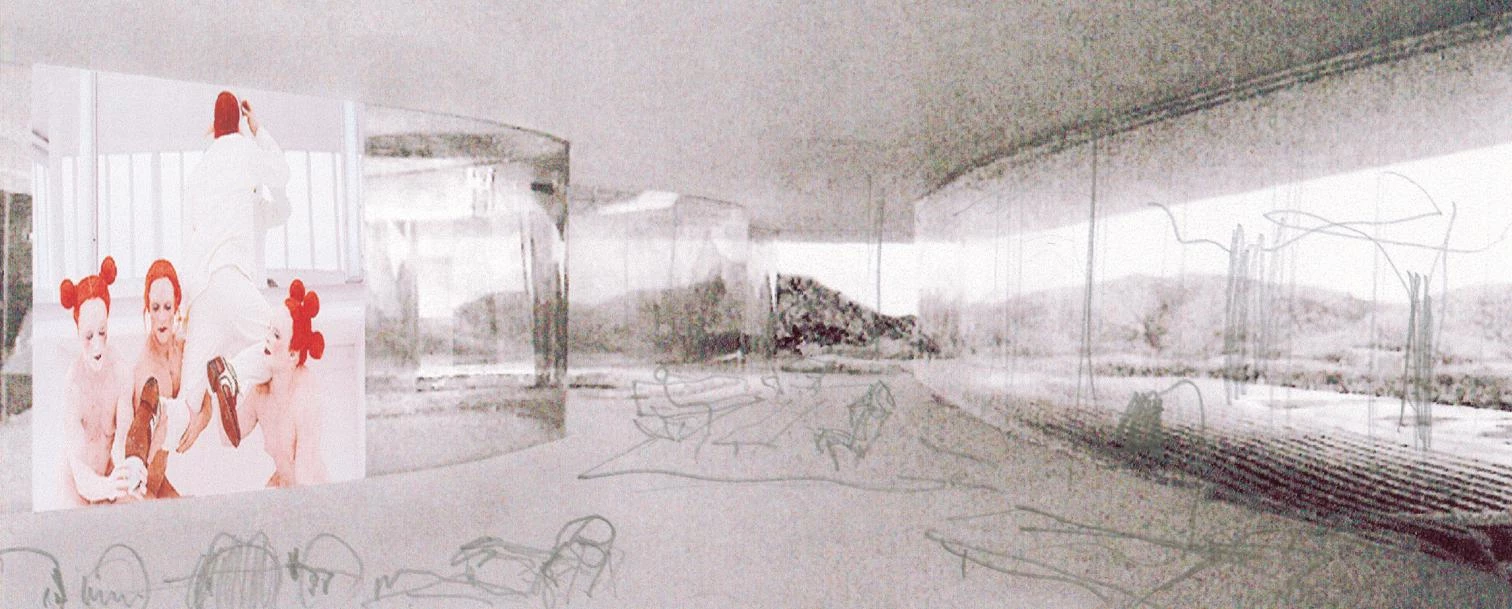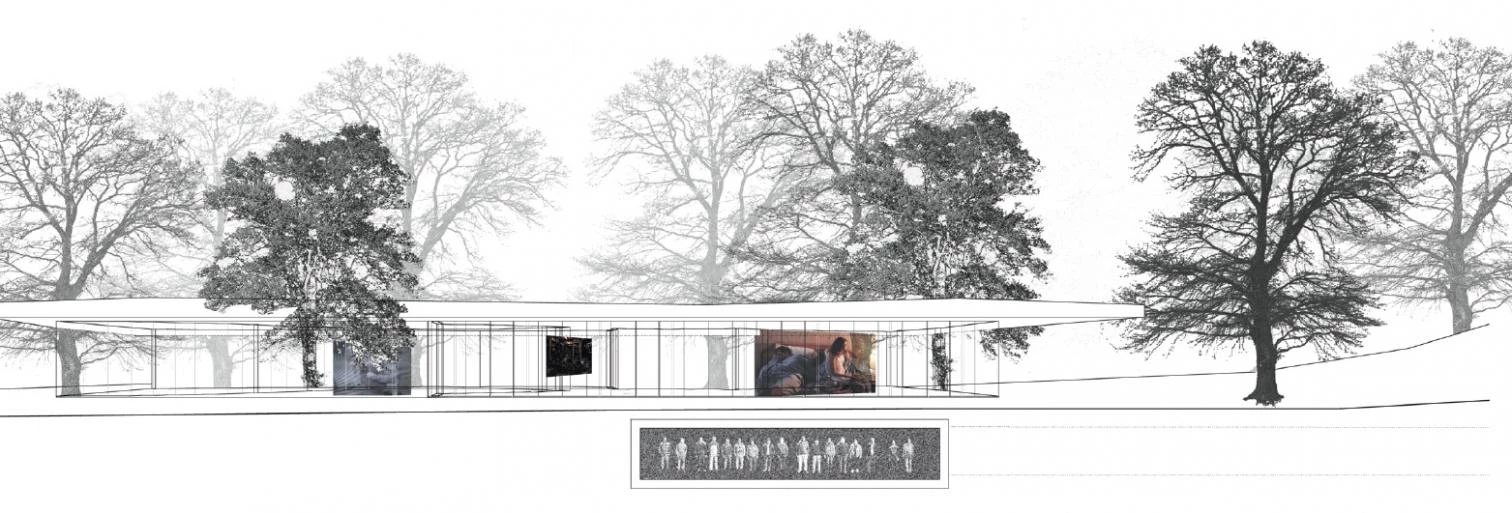‘Gravitas’ and the Media

H&deM have earned both critical esteem and popular applause without participating in the frivolous games of the media.
The two decades of architectural work produced by Jacques Herzog and Pierre de Meuron has been consistently reproduced in the media. Perhaps more than any other contemporary architect, Herzog & de Meuron’s entire professional career might be reassembled from magazines, journals, newspapers and books or catalogues. Their small stone house in Tavole, whose precise spatial and material qualities attracted international attention all out of proportion to its small scale, represents the first of the many projects that defined Herzog & de Meuron’s architecture in the minds of a growing audience. The last might be the Kramlich Residence and Video Collection, designed for Napa Valley and referred to by The New York Times architecture critic as the most awaited of contemporary architectural projects.
Despite the durability of the relationship between Herzog & de Meuron’s work and the media, it must be noted that this relationship is also somewhat unusual. Unlike many architects working today, their work is, by and large, hostile to the Siren song of the media. With its emphasis on surface and detail, it is relatively difficult to photograph in a way that might be grasped by a reader. Compared to the projects normally featured by contemporary architectural magazines, the forms preferred by the architects are not what might be called photogenic. Rather, they have been more characteristically uncompromising in their stark simplicity.

The Kramlich house reveals that the disciplinary rigour of the Swiss architects’ work is not incompatible with an innovative drive.
The popularity of their work, then, seems almost doubly notable. Not only have they succeeded in presenting their work to a broad public though a media that has historically been indifferent to such architecture, they did so at a time when the media was completely captured in the thrall of postmodern effusiveness. In fact, their first projects were completed in the years just after Philip Johnson and his AT&T Building appeared on the cover of Time magazine, initiating more than two decades of media hostility, and subsequently popular attitudes, toward modern architecture. Herzog & de Meuron’s work not only flew in the face of the media stampede but became the first credible voice in the recovery of the spirit of our times that had flourished in the last decade of the twentieth century.
If more than a few architects have lost their bearings in negotiating the thickets of the media, as many others have done so in the grappling with the opportunities presented by major commissions, particularly those related to cultural institutions. Unsure of their own metier, many architects question anxiously the relationship between their work and ‘art’, aspiring to the latter. Attesting to their own thorough knowledge of the discipline as well as the delights of architecture, Herzog & de Meuron’s work has always displayed a resolute sense of confidence in itself. Ultimately, their work displays not just their deep understanding of architecture but, conversely, a real appreciation for art. Their lack of ‘artistic’ anxiety provides a refreshing vision of architects with both self-knowledge but an understanding of how architecture might relate, on its own terms, to a larger cultural conception.

Yet another aspect of their work which sets them apart from their peers is their earnestness. In an age which is more comfortable with irony, Herzog & de Meuron display a rare sense of commitment. At a time when all of human experience is being converted to a mode of entertainment, their work retains an aura of gravitas. Even so, they have also demonstrated both a sense of humor as well as innocence. Most of their architectural development has occurred with not only a media audience but also a frequently hostile, or at least, suspicious audience. Undeterred, they have pursued their work in often brave and startlingly new directions, risking the familiar for new territory.






